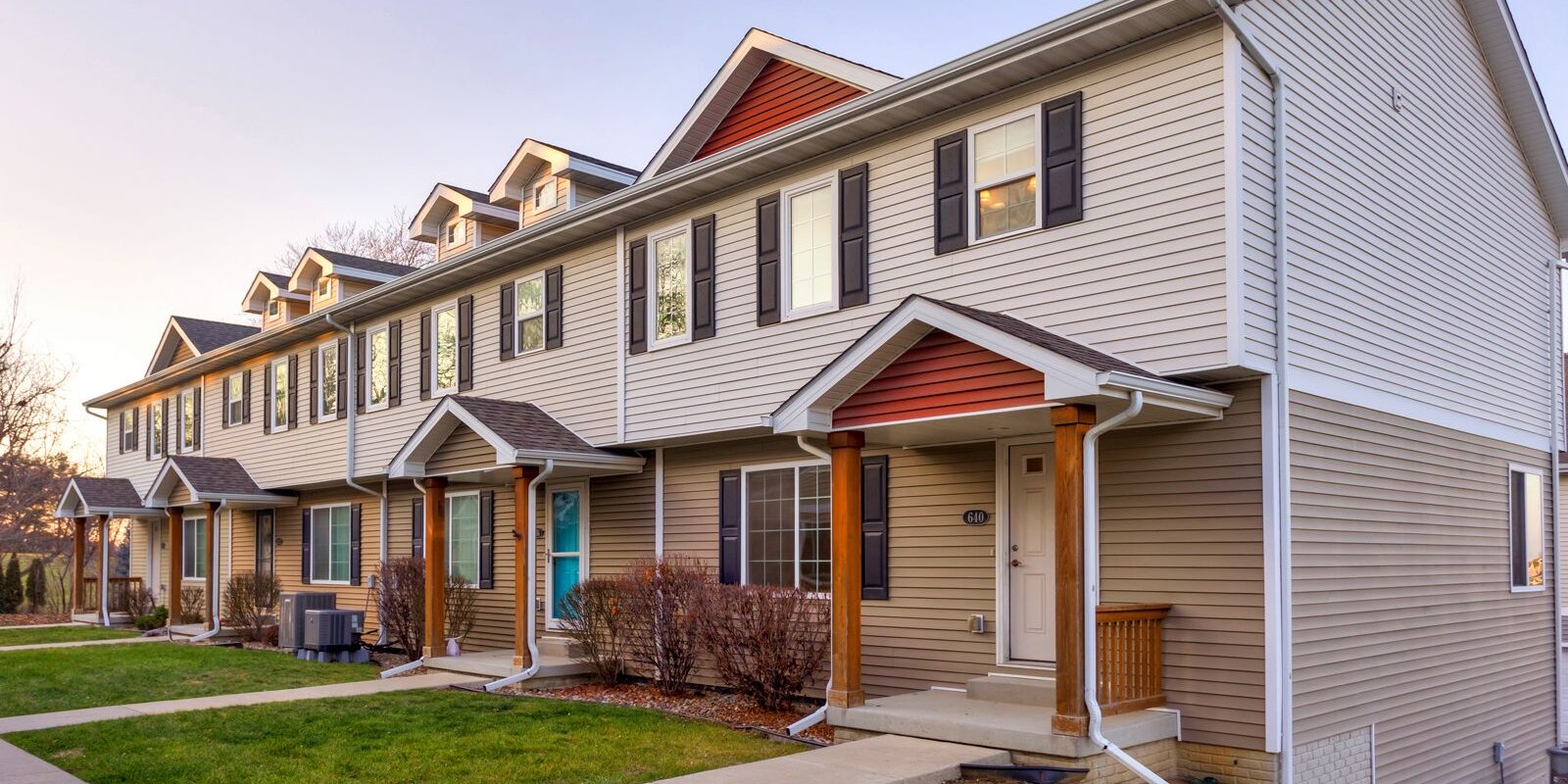Investing in a fixer-upper property can be a rewarding venture for real estate enthusiasts and investors alike. While these properties often require renovation and improvements, they also present opportunities for significant returns on investment (ROI). In this blog post, we’ll explore the steps and strategies to effectively turn a fixer-upper into a profitable investment.
1. Identifying the Right Property
Research: Conduct thorough market research to identify neighborhoods and properties with potential for appreciation and demand.
Assessment: Evaluate the property’s condition, including structural integrity, mechanical systems, and cosmetic appeal. Look for properties priced below market value due to their condition.
Cost Analysis: Calculate renovation costs and anticipated expenses to determine the total investment required, including purchase price, closing costs, and renovation expenses.
2. Creating a Renovation Plan
Prioritize Renovations: Focus on improvements that enhance property value and appeal to potential buyers or renters. Address essential repairs first, such as roof repairs, plumbing, electrical systems, and structural issues.
Budgeting: Develop a detailed renovation budget that includes materials, labor costs, permits, and contingencies. Allocate funds strategically to maximize ROI while controlling expenses.
Timeline: Establish a realistic renovation timeline to manage costs, meet project deadlines, and minimize carrying costs such as mortgage payments and property taxes.
3. Executing Renovations Effectively
Hiring Contractors: Select reputable contractors, architects, and designers with experience in renovating fixer-upper properties. Obtain multiple quotes and references before making hiring decisions.
Supervision and Quality Control: Monitor renovation progress closely to ensure work meets quality standards, adheres to building codes, and aligns with your renovation plan.
Value-Adding Improvements: Focus on upgrades that offer high returns, such as kitchen and bathroom remodels, flooring replacement, landscaping, and energy-efficient upgrades.
4. Marketing and Selling the Property
Staging: Stage the property to showcase its potential and appeal to potential buyers or renters. Highlight key renovations and improvements to enhance property value and attract offers.
Pricing Strategy: Set a competitive price based on market analysis, comparable sales, and the renovated property’s value. Consider pricing slightly below market value to attract a broader range of buyers.
Professional Photography and Listings: Use high-quality photography and virtual tours to market the property effectively. List the property on multiple real estate platforms and engage with potential buyers through targeted marketing strategies.
5. Maximizing Profitability
Capitalizing on Appreciation: Take advantage of property appreciation resulting from renovations and market conditions. Monitor market trends and timing to optimize selling opportunities.
Rental Income Potential: Consider renting out the property for additional income if selling immediately isn’t necessary. Calculate rental yields and assess long-term investment returns versus selling.
Tax Considerations: Consult with tax advisors to understand tax implications, deductions, and benefits associated with renovating and selling or renting the property.
6. Mitigating Risks and Challenges
Contingency Planning: Prepare for unexpected challenges such as delays, cost overruns, or unforeseen repairs by maintaining a contingency fund within your renovation budget.
Legal Compliance: Ensure all renovations and property sales comply with local building codes, zoning regulations, and legal requirements to avoid penalties or delays.
Conclusion
Investing in a fixer-upper property requires careful planning, strategic renovation, and effective marketing to transform it into a profitable investment. By identifying the right property, creating a comprehensive renovation plan, executing renovations with quality and efficiency, and maximizing profitability through effective marketing and pricing strategies, investors can capitalize on opportunities for significant returns on their investment. With thorough research, diligent management, and a focus on enhancing property value, turning a fixer-upper into a profitable investment can be a fulfilling and financially rewarding endeavor in the dynamic real estate market.

